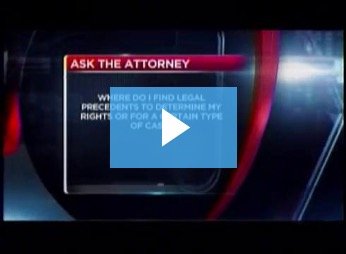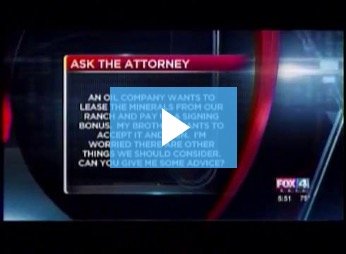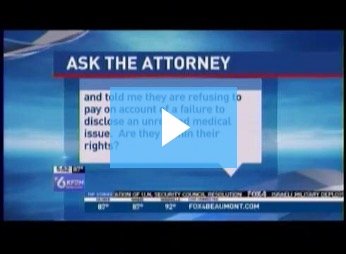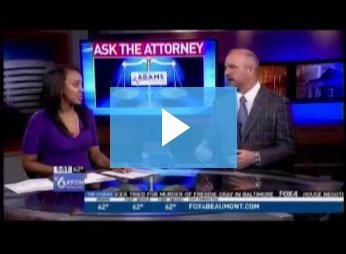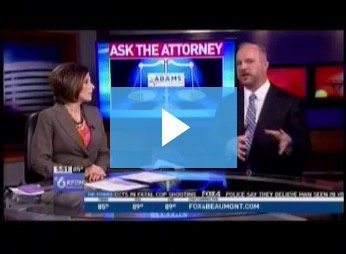Personal Injury Newsletter
Responsibility for Injuries Resulting From Slips and Falls
There is no concise formula to determine whether injuries sustained from a fall are the responsibility of another. Each case is individually evaluated to see if the business or property owner was careful to prevent any injuries. The injured individual is also evaluated to see if they were acting carelessly when the slip and fall took place. In order for a property or business owner, or one of their employees, to be held liable for a slip and fall injury, the following are evaluated on a case-by-case basis.
The property owner, business owner or their employee(s):
- Must have caused a rough spot, a slippery situation, or a bulge or tear in the flooring of the premises
- Must have known that there was a dangerous area on their premises, but did nothing to alleviate the problem
- Should have known that there was a dangerous area on the premises because a person in their situation would have taken precautions to remedy the danger
Determining Reasonable Care of a Property or Business
Property and business owners have a duty to protect visitors, patrons or customers on their property from harm. However, their legal duty to protect their visitors, patrons or customers is based upon a reasonableness standard. A reasonableness standard is one in which an ordinary person in the shoes of the business or property owner would have done or not done something in order to make their business or property safe. Here are some questions to determine if the business or property owner used reasonable care to ensure the safety of others:
- Had the dangerous spot on the premises been there long enough that the owner had ample time to correct the problem?
- Does the owner have a documented procedure, regularly used, to prevent and remedy dangerous situations on the property?
- Did poor lighting or broken or burnt-out lights contribute to the problem area?
© 2025 NextClient.com, Inc. All rights reserved.


